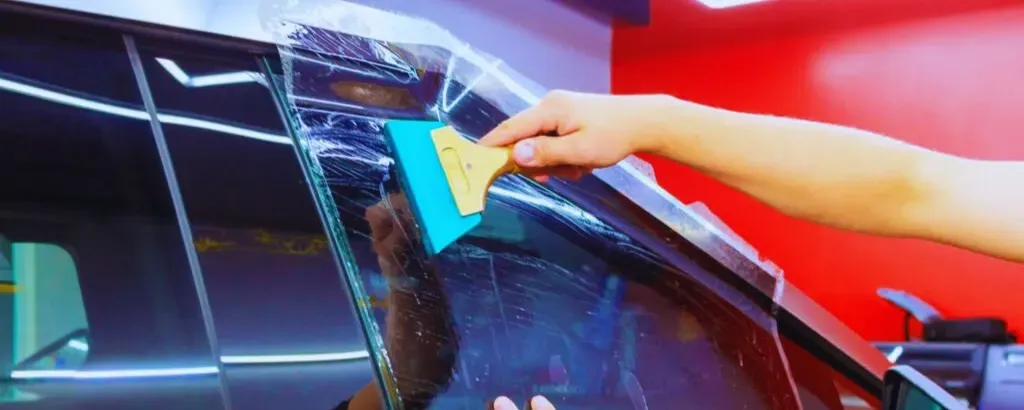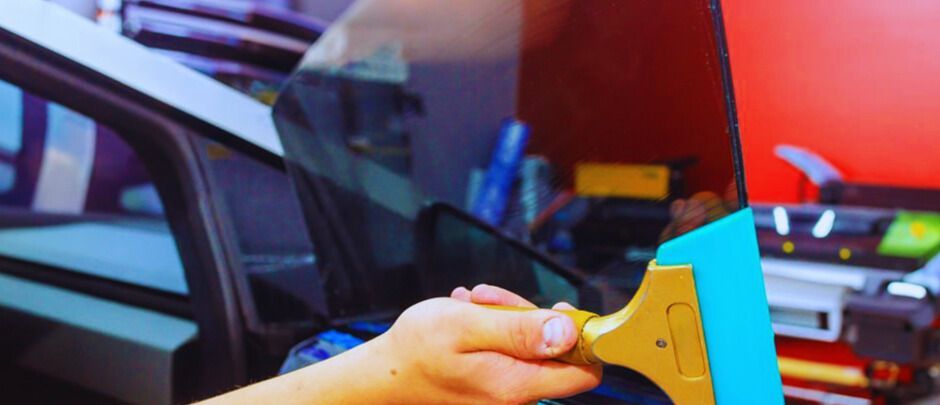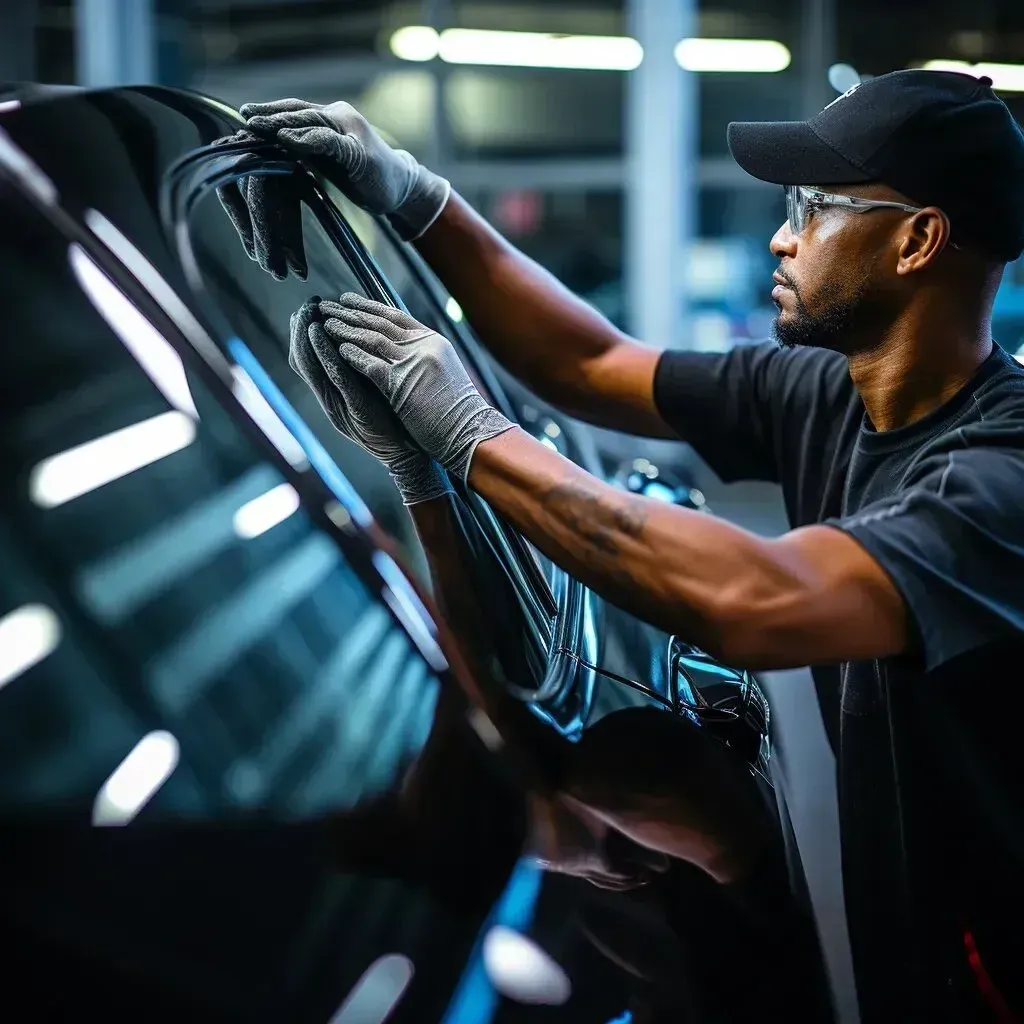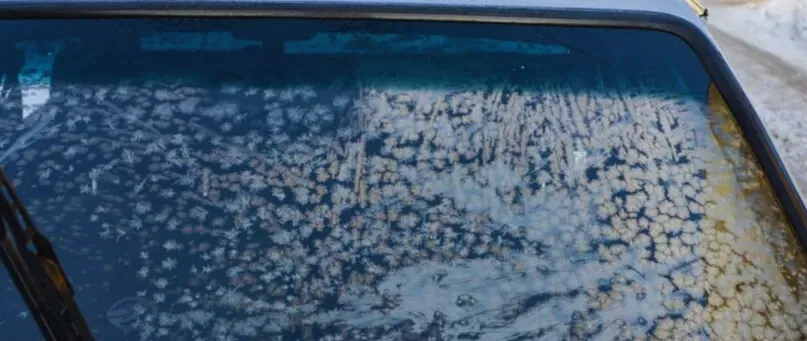The Ultimate Guide to Preserving Your Window Tint’s Quality and Shine
Discover expert tips in The Ultimate Guide to Preserving Your Window Tint’s Quality and Shine. Learn maintenance techniques, cleaning hacks, and when to seek professional help to keep your tint looking brand new.
Understanding Window Tint and Its Benefits
Window tint isn’t just about making your car or home look sleek — it’s a long-term investment in comfort, energy savings, and protection. High-quality tint reduces glare, blocks harmful UV rays, and enhances privacy while adding a polished finish to your windows.
Types of Window Tint Films
From dyed films to ceramic coatings, the type of tint you choose directly affects how long it lasts. Dyed films are cost-effective but may fade faster, while ceramic tints offer superior heat and UV protection with longer durability.
How Window Tint Improves Comfort and Energy Efficiency
Tint helps regulate indoor temperatures, reducing the strain on your HVAC system and lowering energy bills. In cars, it keeps interiors cooler and protects your dashboard and seats from sun damage.
The Role of UV Protection in Window Tint Longevity
UV protection doesn’t just shield your skin — it keeps your tint from degrading. Quality tints can block up to 99% of UV rays, preventing discoloration and bubbling over time.
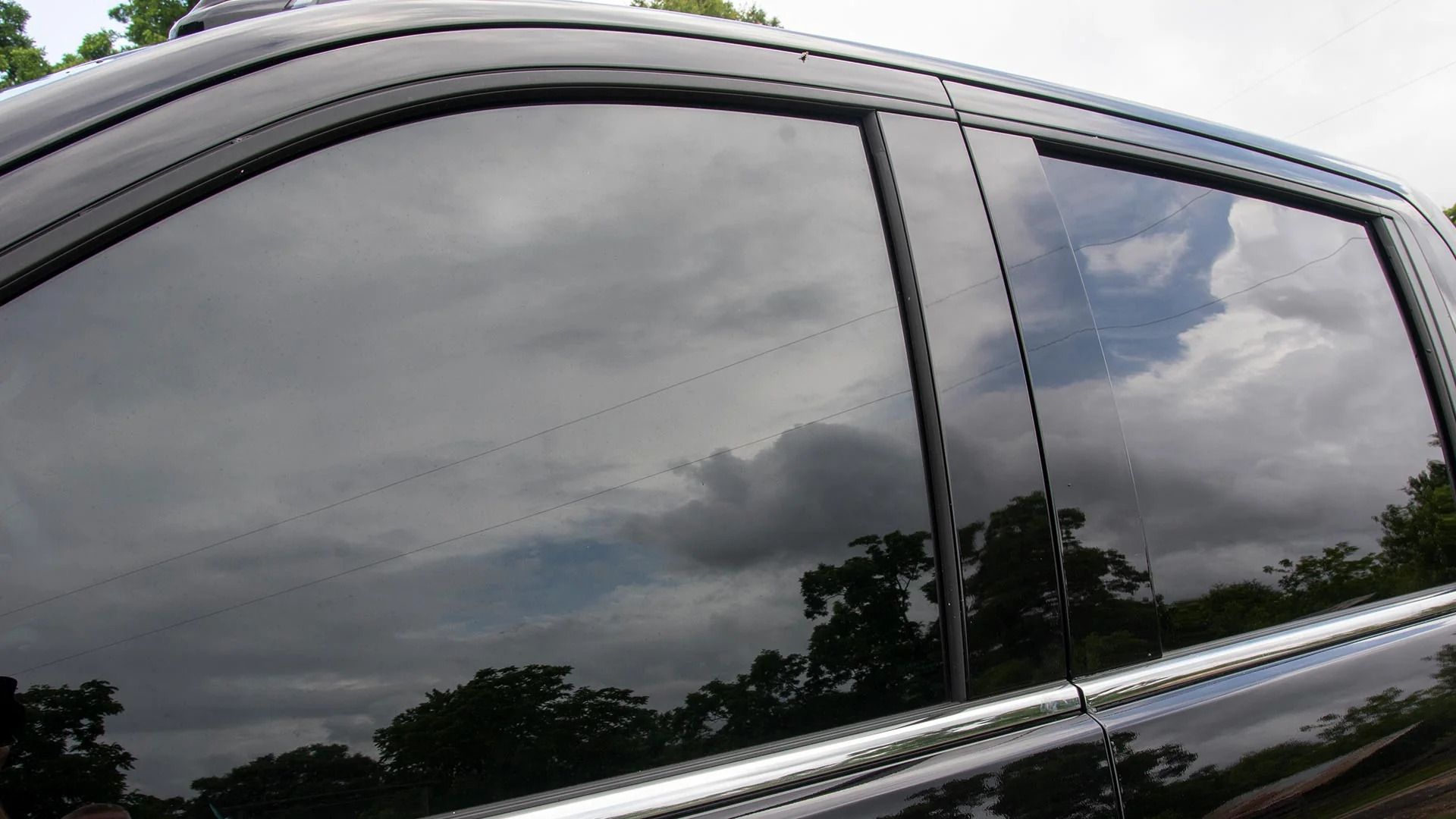
Factors That Affect Your Window Tint’s Lifespan
Sun Exposure and Heat Damage
Constant exposure to intense sunlight can cause your tint to fade or crack. Parking in shaded areas or using sunshades can help mitigate this damage.
Poor Installation Practices
Even the best film won’t last if it’s installed poorly. Bubbles, peeling edges, and uneven coverage are signs of improper application. That’s why working with a professional Window Tinting Service is essential.
Environmental Factors like Dust, Salt, and Humidity
Coastal areas with salty air or regions with high humidity can cause your tint’s adhesive to weaken. Regular cleaning can counteract these effects.
Proper Cleaning Techniques for Window Tint
Choosing the Right Cleaning Solutions
Use ammonia-free glass cleaners or a simple mix of water and mild soap. Ammonia can discolor or break down tint film over time.
Cleaning Tools That Prevent Scratches
Opt for microfiber cloths or soft sponges. Avoid paper towels, which can leave lint or cause micro-scratches.
Step-by-Step Guide to Safe Cleaning
- Gently dust the surface with a microfiber cloth.
- Spray your ammonia-free solution on the cloth, not directly on the glass.
- Wipe in straight lines, not circles, to avoid streaking.
- Dry with a separate clean cloth.
Preventing Common Damage to Window Tint
Avoiding Harsh Chemicals and Abrasive Materials
Cleaning agents with alcohol, vinegar, or strong solvents can strip away tint coatings.
Managing Interior Condensation
High moisture can cause peeling. Keep your car or home well-ventilated to avoid trapped humidity.
Protecting Tint from Pets and Children
Scratches from claws or toys can ruin your tint. Consider adding a clear protective film in high-contact areas.
Regular Maintenance for Long-Lasting Tint
Routine Inspection Checklist
- Look for fading or color change.
- Check for peeling edges.
- Ensure no bubbles are forming.
When to Seek Professional Maintenance
If you spot imperfections early, a professional can fix them before they worsen. Reach out through this Contact link for expert help.
Enhancing the Shine of Your Window Tint
Using Specialized Tint-Friendly Polishes
These products restore the glossy look without damaging the film.
How to Avoid Cloudiness and Haze
Cloudiness is often caused by residue buildup — clean regularly with safe, residue-free cleaners.
Dealing with Minor Damage and Scratches
DIY Repair Options for Small Imperfections
Small scratches can sometimes be minimized with a tint-safe polish or protective wax.
When to Replace Damaged Tint
Deep scratches, bubbling, or large peeling sections usually mean it’s time for a replacement.
Seasonal Care Tips for Window Tint
Summer Heat Protection Strategies
- Use sunshades.
- Park in covered spots.
- Apply ceramic tints for better heat rejection.
Winter Cold and Frost Prevention
Avoid scraping ice directly on tinted glass — use de-icing sprays instead.
Benefits of Professional Window Tinting Services
How Experts Extend Tint Lifespan
Professionals apply films with precision, ensuring no bubbles, unevenness, or weak adhesion.
Choosing a Reputable Service Provider
Check reviews, warranties, and material quality before choosing your Window Tinting Service.
Eco-Friendly Practices for Tint Maintenance
Sustainable Cleaning Products
Biodegradable cleaners protect the environment while keeping your tint in top shape.
Energy-Saving Benefits of Well-Maintained Tint
Maintained tint reduces the need for air conditioning, lowering your carbon footprint.
Signs It’s Time to Replace Your Window Tint
Fading, Peeling, and Bubbling Indicators
If the film loses color, starts peeling, or forms bubbles, it’s losing its effectiveness.
Loss of UV Protection
Even if your tint looks fine, UV protection may degrade over years.
Myths and Misconceptions About Window Tint Maintenance
The Truth About Ammonia-Based Cleaners
Contrary to some claims, ammonia damages most tints, even if diluted.
Debunking Tint Damage Myths
No, tint doesn’t damage your windows — improper cleaning does.
Cost-Effective Tips for Long-Term Tint Preservation
Budget-Friendly Maintenance Hacks
- Use DIY vinegar-free cleaners.
- Invest in microfiber cloths.
- Keep tint out of direct sunlight when possible.
Value of Preventative Care
Spending a little on maintenance saves you from costly replacements.
Conclusion: Keeping Your Tint Looking Like New
Your window tint’s quality and shine depend on a mix of careful cleaning, preventative measures, and professional support. With the right habits, you can extend its life, keep it looking sleek, and enjoy all the comfort and energy-saving benefits it offers.
FAQs About Window Tint Maintenance
How often should I clean my window tint?
At least once a month, or more often if you live in a dusty or salty environment.
Can I use vinegar to clean my tinted windows?
No — vinegar can degrade the adhesive and damage the tint film.
How long does professional tint usually last?
With proper care, high-quality tint can last 10–15 years.
Will window tint peel in humid climates?
Not if installed and maintained properly, though humidity can speed up damage if neglected.
Can I polish my tinted windows?
Yes, but only with products designed specifically for tinted glass.
Is professional installation worth the cost?
Absolutely — proper application ensures longevity and better performance.


